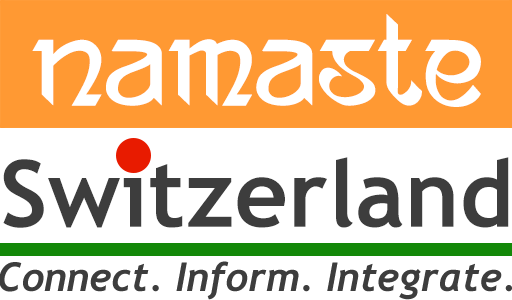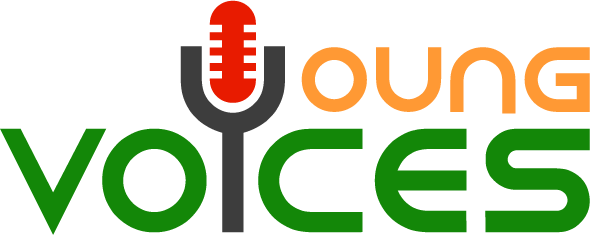One of the most essential medical emergency services in India is that of the ambulance. But for NRIs, the thought of a timely and safe ambulance ride as for their parents is worrisome. Here’s how NRIs can make ambulance services for parents in India an easy ride.
Most NRIs living abroad with their parents living in India is fraught with uncertainty, worry, anxiety and fear of what might happen in case of a medical emergency… who will take care of the parents, and how?
Extended family, neighbours and friends offer a valued support system, but there are limitations as life in Indian towns and cities is demanding and busy. Hence, an efficient emergency response system for parents and senior citizens living alone is essential in India.
Quick and easy access to ambulance, hospitals, and medical stores, among others, are critical. But the reality is that there is a lack of common knowledge about these services.
In the first of a series of articles on healthcare challenges in India for parents living alone, we look at ambulance services related challenges and achievable solutions.
Lack of awareness about ambulance services
India’s ambulance system is fragmented. It comprises the Government’s National Ambulance Service, private fleet owners, and political and non-government organisations. The country has two publicly funded ambulance service systems, popularly known by their helpline numbers, 108 and 102.
But, in India, there’s a general lack and awareness of ambulance services. Moreover, one can never be certain about having easy access to, or timely availability of these services.
The scenario: parents back in India face problems in getting timely ambulance services. They either end up making multiple calls to many service providers in order to find a suitable ambulance or call hospitals to send the ambulance. Most hospitals are dependent on external ambulance service providers. Imagine the amount of time lost to book one ambulance.
Are there enough ambulances to meet the high demand?
According to the World Health Organization (WHO) standards, there should be at least one ambulance per 1 lakh population, but many Indian towns and cities do not meet that benchmark. E.g. Delhi, the capital of India, has only one ambulance for every 1,50,000 people.
There certainly is a shortage. Then there is hardly any system that can track real-time availability of ambulances in different locations to find the nearest vehicle. This increases the time lag in case of emergencies.
The result: in case of an emergency, parents and senior citizens living alone waste a lot of time due to the shortage and gaps in locating the nearest ambulance. While the WHO recommends a response time of 8 to 10 minutes, in India, it could take anywhere between 20 minutes to a few hours for an ambulance to reach a parent in need.
Common knowledge about the types of ambulance
It’s only when a medical emergency knocks on the door that one starts gathering information about ambulances, including the type of ambulance required for a particular emergency. A general lack of knowledge and information and their uses can lead to delays. For instance, booking a basic life support ambulance in situations such as cardiac emergencies can result in delayed treatment. Complacency and compromise in in-ambulance facilities can affect parent’s conditions.
Let’s address this challenge by looking at the different types of ambulances available in India and their use:
Basic Life Support Ambulance: for patients who need basic life-saving equipment such as BP monitor, stretcher, and oxygen cylinder.
Advanced Life Support Ambulance: for patients who require a higher level of care on the way to the hospital. These ambulances come with a paramedic or relevant doctors and have advanced life support supplies such as cardiac monitor, incubator, IV supplies, ventilator, defibrillators, oxygen cylinders, nebulizer, resuscitation kit and BP apparatus.
Patient Transfer Ambulance: for those who might require constant clinical monitoring on the way to the hospital, but their needs are not time-critical. These ambulances are also used for those who need mobility assistance and are dependent on wheelchairs.
Mortuary Ambulance: used for the transportation of a dead body.
A solution – Emergency Cards
Would it help NRIs if there was an emergency card printed for their parents? An emergency card with details of ambulance service providers in their city, hospital phone numbers and parents’ medical history (in brief) can go a long way in ensuring efficient medical attention during emergencies?
Proper ambulance service information can help parents in emergencies. Here are some things that NRIs can do right away:
- Find out about the ambulance service providers nearest to their parents’ residence.
- Check details such as locations covered, the types of ambulances provided, the hours of availability/accessibility, and their average response time.
- If gathering this information is challenging, a simpler option would be an annual membership of ambulance aggregators.
- Keep the emergency ambulance card updated as many service providers might change contact details and service offering.
The idea of an emergency card is not new. Everyone has, at some point, thought of creating a list of emergency contact numbers for their parents. In fact, many NRIs might have done it at some point. The trick, however, is to have an emergency card that actually helps and comes in handy during times of emergency.
Over to you
Would you like to have a complete template for a printed emergency card? ParentCare can share one with you. Write to us at (bharat@parentcare.family) and we’ll send one to your inbox.
In the meantime, if there are specific healthcare challenges that you’d like us to write about, do let us know and we’ll try to help you with easy solutions.
About the Author: Bharat Vasandani
 ParentCare, a concept born from Bharat’s own experience and backed by two UK healthcare seed funds, aims to simplify long-distance caregiving. The team helps NRIs source, book, and manage a range of medical, healthcare and errand services for their parents in India.
ParentCare, a concept born from Bharat’s own experience and backed by two UK healthcare seed funds, aims to simplify long-distance caregiving. The team helps NRIs source, book, and manage a range of medical, healthcare and errand services for their parents in India.
ParentCare solves the challenges of access (a one-stop-shop for caregiving bringing niche and popular services under one roof), knowledge (ability to recognise parents needs and bring in the right service provider) and management (ParentCare team on ground coordinates the delivery of the service) to allow NRIs fulfil their duties towards their families.
Disclaimer: Opinions expressed belong solely to the content provider. Namaste Switzerland does not undertake any financial/reputational/legal/misrepresentational impact or other obligations/ liabilities that may arise from the content.












